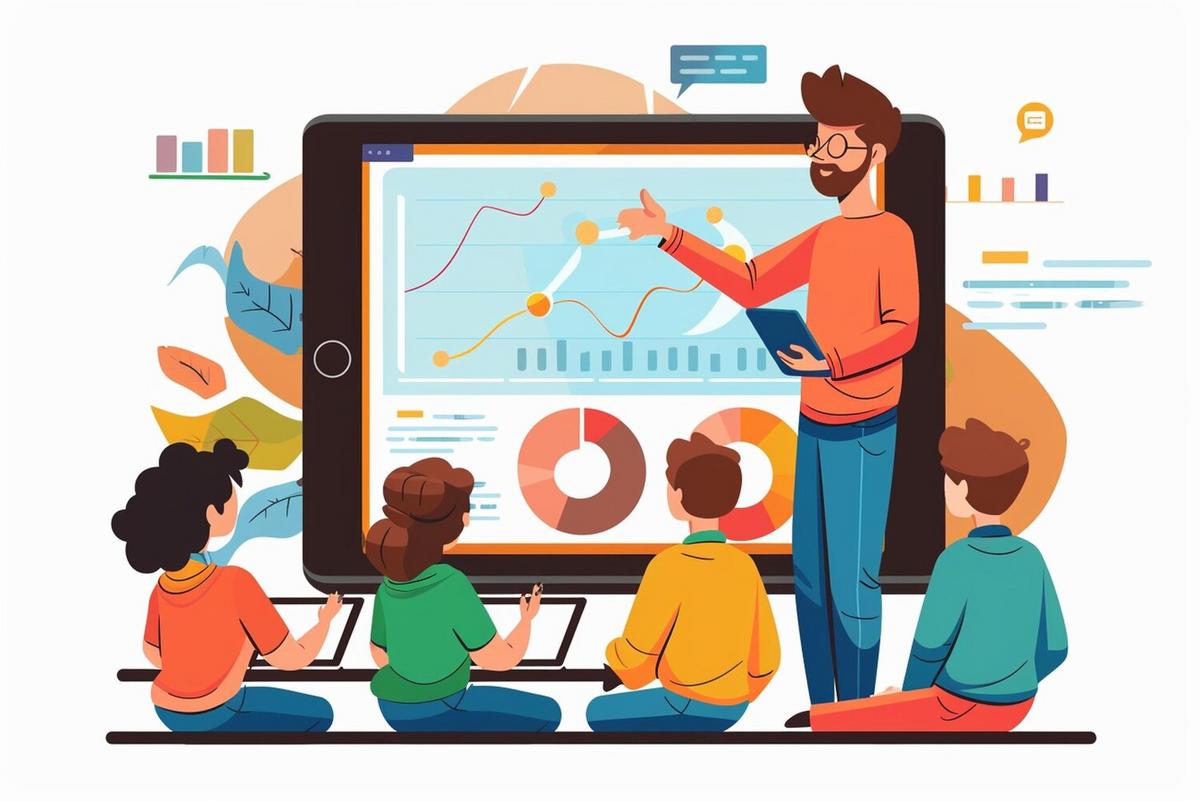
Benefits of Hybrid Learning in a Post-Pandemic World
As the world continues to adapt in the aftermath of the pandemic, hybrid learning has emerged as a transformative approach in education, blending traditional classroom experiences with virtual learning environments.
The Evolution of Hybrid Learning
Hybrid learning, a combination of face-to-face and online education, has gained momentum as educational institutions strive to provide flexible and inclusive learning solutions. This model addresses the diverse needs of students and educators alike, offering a personalized learning experience.
Expert Insights: The Shift in Education
According to Dr. Emily Williams, an education specialist, “Hybrid learning is not just a temporary solution but a forward-thinking approach that equips students with skills necessary for the modern workforce.” This sentiment is echoed by a 2021 study from the International Journal of Educational Technology, which found that 73% of educators believe hybrid learning enhances student engagement and achievement.
Benefits of Hybrid Learning
- Flexibility: Students can access materials at their own pace, allowing for personalized learning paths.
- Accessibility: Hybrid models make education more accessible to students in remote areas or those with disabilities.
- Cost-Effectiveness: Reduced need for physical infrastructure can lower educational costs.
- Skill Development: Encourages digital literacy and self-discipline.
Real-Life Applications
Consider the story of Mark, a high school student in a rural area, who can now attend advanced courses online that were previously unavailable in his local school. Hybrid learning has opened new academic avenues for him, demonstrating its potential to bridge educational gaps.
Actionable Tips for Implementing Hybrid Learning
- Leverage Technology: Utilize reliable online platforms to deliver and manage course content effectively.
- Engage with Interactive Content: Incorporate videos, quizzes, and discussion forums to enhance learning experiences.
- Provide Adequate Training: Ensure educators are trained in both digital tools and hybrid teaching methodologies.
Comparison Table: Traditional vs. Hybrid Learning
| Aspect | Traditional Learning | Hybrid Learning |
|---|---|---|
| Flexibility | Low | High |
| Access to Resources | Limited | Extensive |
| Engagement | Varies | Increased |
| Cost | Higher | Lower |
| Technology Use | Minimal | Extensive |
| Skill Development | Basic | Advanced |
| Adaptability | Rigid | Flexible |
| Teacher Role | Lecturer | Facilitator |
FAQs on Hybrid Learning
What is hybrid learning?
Hybrid learning is an educational approach that combines traditional in-person classroom experiences with online learning activities.
How does hybrid learning benefit students?
Hybrid learning offers flexibility, accessibility, and the opportunity for personalized learning, helping students develop crucial digital skills.
Can hybrid learning be cost-effective?
Yes, hybrid learning can reduce the need for physical space and resources, leading to potential cost savings for educational institutions.
Conclusion
In conclusion, hybrid learning stands out as a dynamic and adaptable approach to education in a post-pandemic world. By embracing this model, institutions can provide students with a more flexible, inclusive, and enriched learning experience. As we move forward, integrating hybrid learning effectively will be key in shaping the future of education. For further reading on online learning strategies, visit Edutopia.


